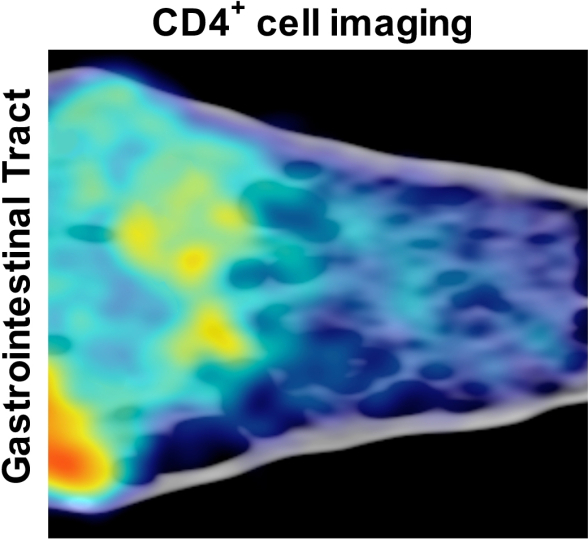Med Students Dip Their Toes Into IRP Research
Dozens of Doctors-To-Be Spent a Year Working in IRP Labs
American medical and dental schools do an excellent job of producing caring and knowledgeable medical professionals, but they don’t always provide opportunities for their students to get a taste of life in the lab. For a few dozen of those students each year, NIH’s Medical Research Scholars Program (MRSP) fills in that gap, welcoming a cadre of future physicians to NIH for a year of research in IRP labs.
Over the past year, 52 medical students have been getting their feet wet in biomedical research under the guidance of experienced IRP scientists. Whether investigating new ways to detect diabetes or trying to improve ADHD treatment, the 2023-2024 class of MRSP participants received a world-class crash course in how to make new discoveries that will improve patients’ lives. Read on to get your own crash course on some of the exciting research they have been conducting over the past year.



